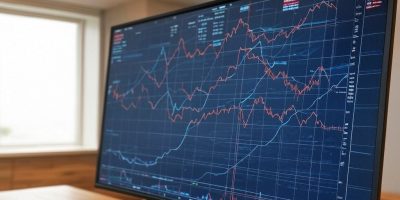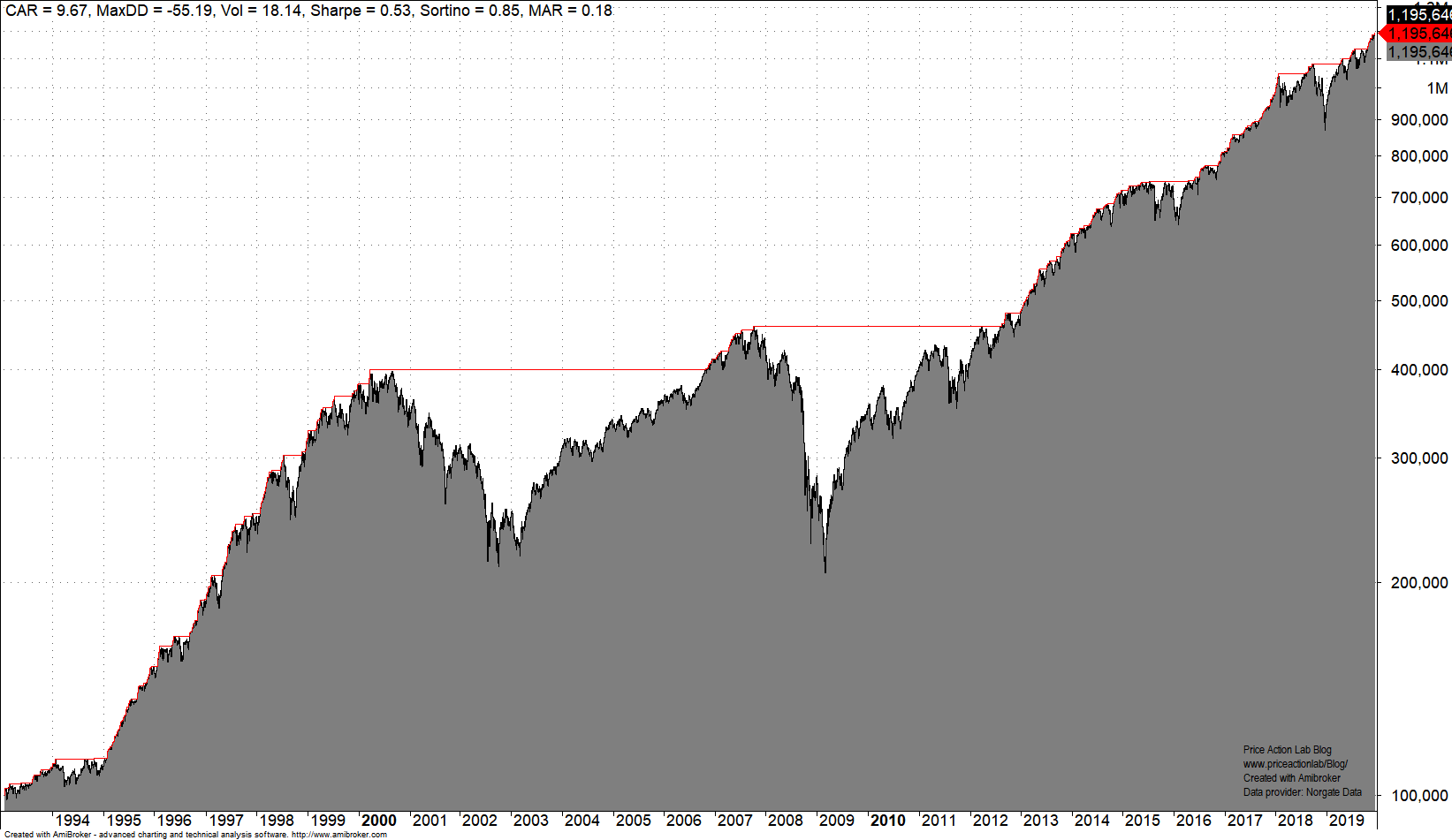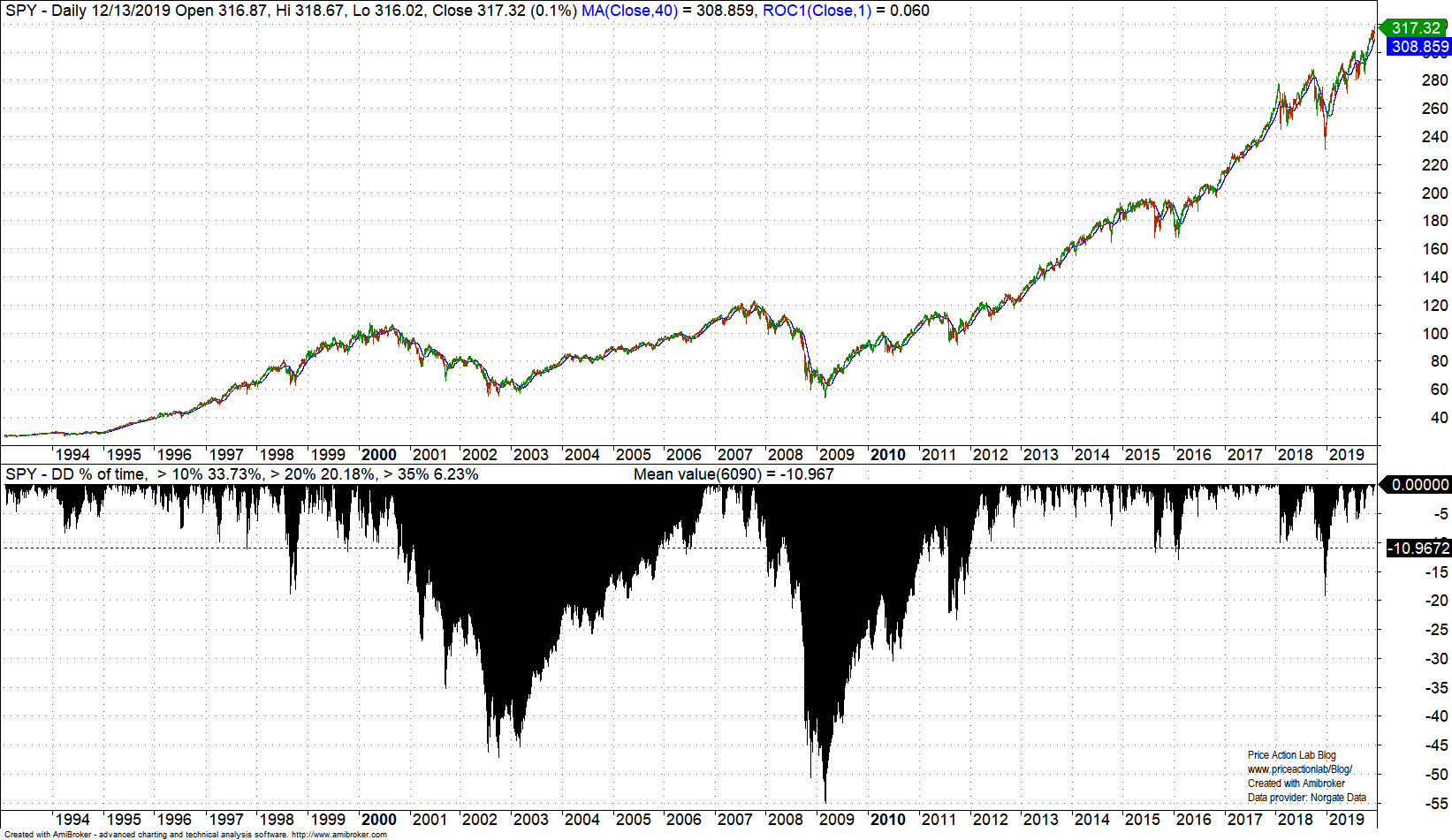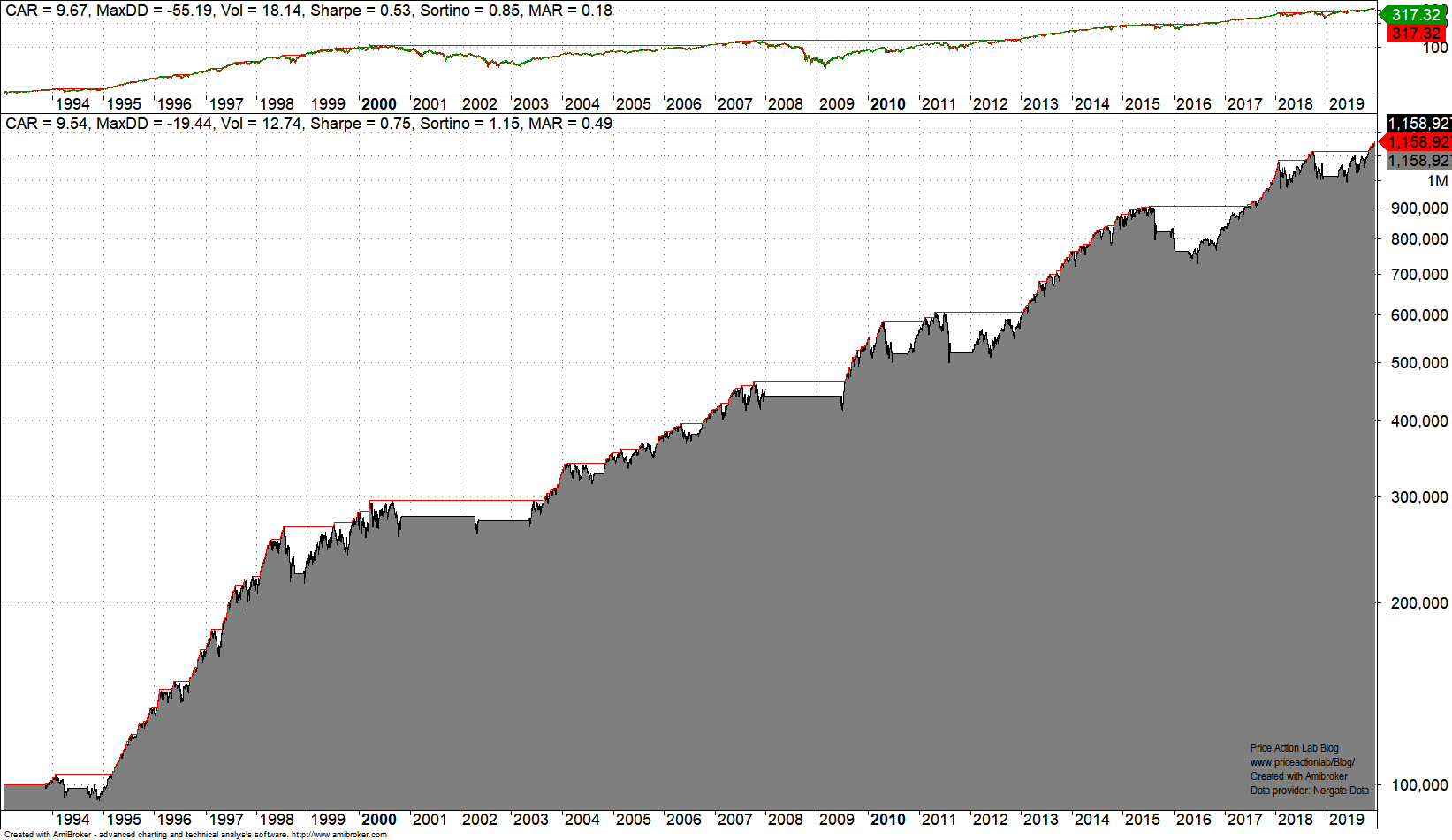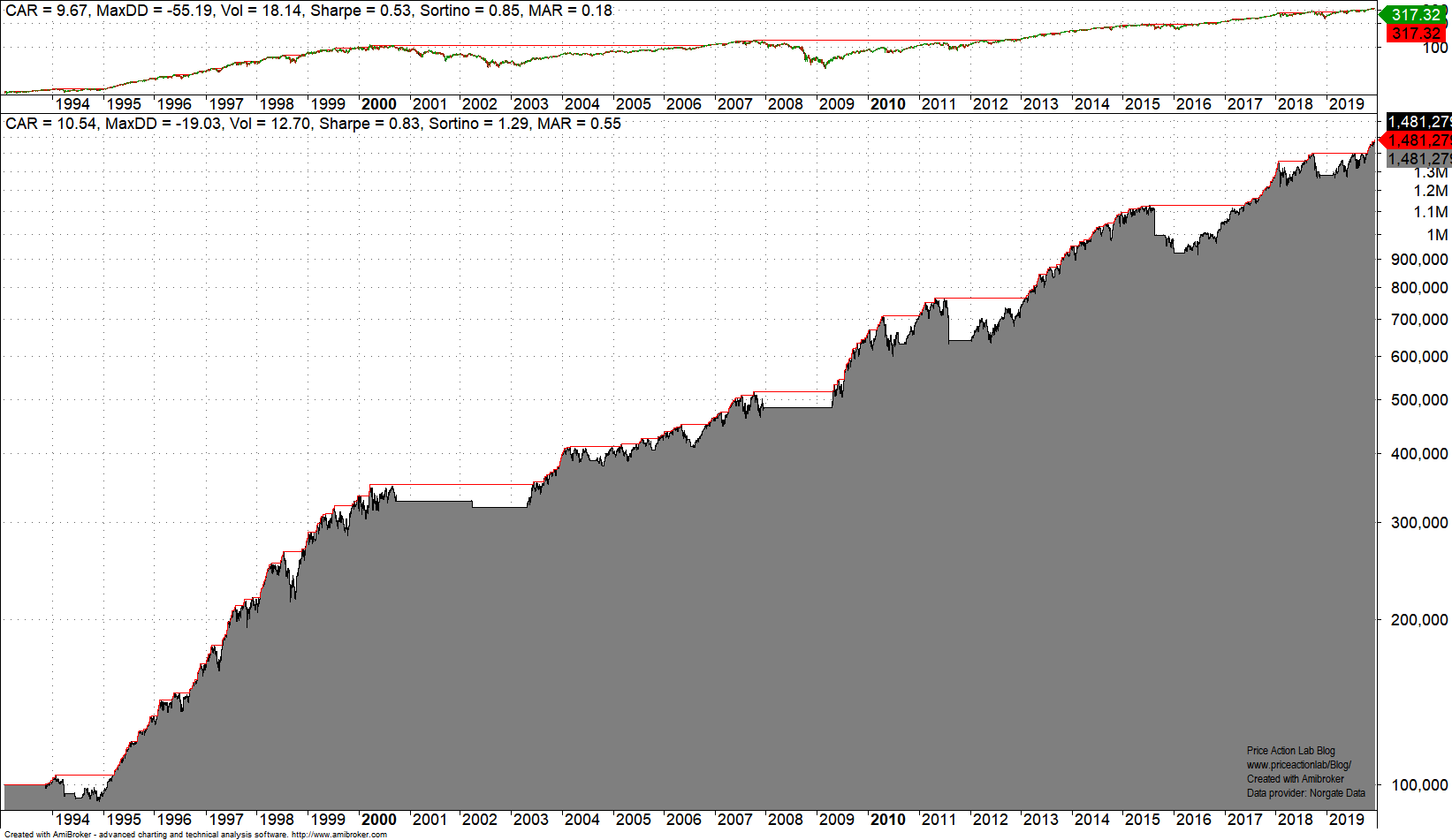This year investors and traders had to constantly listen to conflicting views about the market with scores of fundamental analysts predicting a crash while markets were advancing. There are solutions for avoiding cognitive dissonance.
The arguments of fundamental analysts were logical and based on some selective facts. On the other hand prices were making new all-time highs. Buy or sell? Listen to logic and ignore price or follow price and ignore the logic? That was the dilemma throughout the year and any action triggered cognitive dissonance.
Logic is a wonderful human invention but at the same time it can be a tool of deception as the ancients have shown long ago. This year effective uses of logic along with selective facts were used to create seemingly impeccable arguments about a market reversal. But that did not happen. How can one deal with the state of cognitive dissonance imposed by such information?
The answer is known:
- Buy and hold
- Market timing
Buy and hold
Buy and hold is a trivial strategy but performance depends on timing of investment(s). Therefore, buy and hold is essentially a passive timing strategy. Below is the buy and hold total return performance of SPY ETF from inception to December 16, 2019.
Year-to-date total return is 28.3%
Annualized return of the above hypothetical passive investing is 9.7% but it comes at high maximum drawdown of more than 55%. In fact, the average drawdown has been more than 10% and about 20% of the time prices were 20% or more lower than their previous all-time high, as shown in the chart below.
Therefore, buying and holding is not as easy as it appears, or some “hands off” fund managers would like investors to believe. For example, those that bought around October 17, 2007, which was a local market top, had CAGR dropping to 6.2% but maximum drawdown remained the same, i.e., considerably less return for same pain.
Market timing
Market timing relies on strategies to decide when to buy and when to sell. However its effectiveness depends on the quality of strategy used and discipline of investor to follow the signals. Therefore, market timing is far from a trivial strategy.
A popular timing model is the long-only 50/200 moving average cross. Below is the performance in SPY ETF from inception to December 16, 2019.
Year-to-date return is 13.9% because the strategy was slow in reacting to 2018 correction and subsequent rebound. But this is normal for trend-following strategies and performance must be evaluated longer-term.
Annualized return of this strategy is close to that of buy and hold but maximum drawdown is less than 20%. This strategy offers comparable returns at lower risk of a large drawdown, at least historically, but it does not provide excess returns. Therefore, the work and discipline required is for avoiding large drawdown and not for generating excess alpha. For passive investors who can sustain large drawdown this strategy is of no real value and waste of time and effort.
There are other timing strategies that have the potential to generate alpha at least in simulation. An example is a volatility adaptive moving average, as shown below.
Year-to-date return is 15.9% because this model also was slow in reacting to 2018 correction and subsequent rebound.
Annualized return is higher by 1% as compared to buy and hold while maximum drawdown is considerably lower at 19%. Note that all performance results in the charts above are based on backtests and include $0.01/share commission for fully invested equity.
The volatility adaptive moving average has five more trades, or 10 more signals, buy and sell, than the 50/200 moving average. Therefore, complexity increases and higher level of discipline is required. More advanced strategies demand more discipline and monitoring. Therefore, market timing is only suitable for those that are quantitatively oriented and also understand its requirements. It is a huge step to transition from buy and hold to market timing and for most it is not possible. See this article for more details about the transition from strategic to tactical investing.
Conclusion
Investors and traders can fight cognitive dissonance created by the media and other sources via buy and hold or market timing but these are not trivial strategies and require discipline. The worst thing market participants can do is pay attention to fundamental/technical analysis in financial media because it causes cognitive dissonance and often results in erratic performance.
Charting and backtesting program: Amibroker
Data provider: Norgate Data
Technical and quantitative analysis of major stock indexes and 34 popular ETFs are included in our Weekly Premium Reports. Market signals for position traders are offered by our premium Market Signals service
If you found this article interesting, you may follow this blog via RSS or Email, or in Twitter

